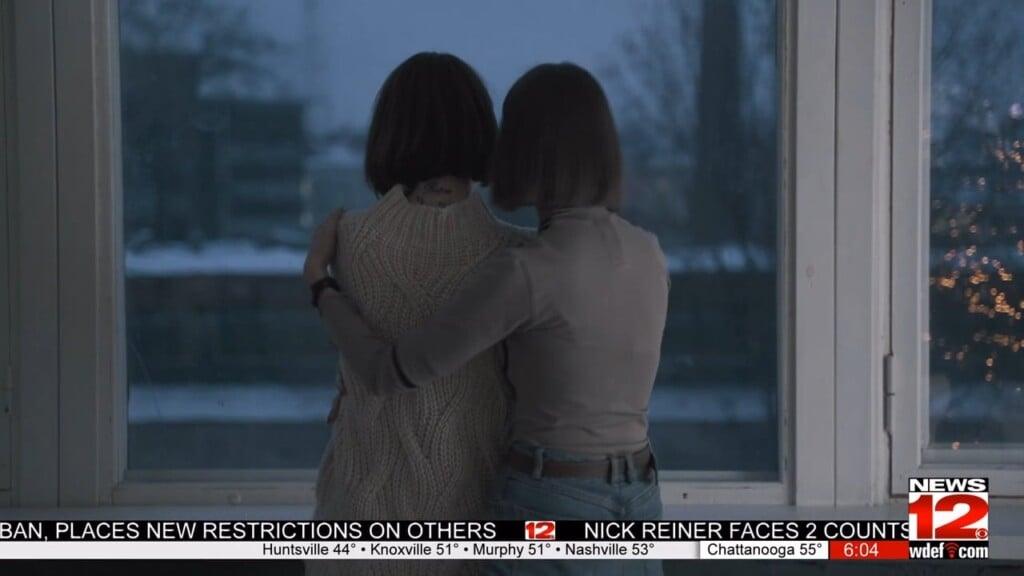Over a thousand people are homeless in Chattanooga area a night per report
CHATTANOOGA, Tenn. (WDEF)- A new report on homelessness is painting a concerning picture.
Over a thousand people a night across the Tennessee Valley do not have a roof over their heads.
The Chattanooga Regional Homeless Coalition has released a state of homelessness report for Southeast Tennessee.
According to their report, over a thousand people per night do not have a roof over their heads in our area.
The Coalition’s director Mackenzie Kelly says that there has been a 12 percent rise in homelessness across our area.
Kelly said, “We wanted to paint a really comprehensive picture of homelessness across our region.”
Those experiencing chronic homelessness are the hardest hit, but the issue is spreading.
Kelly said, “The most vulnerable population. Those are folks that have been experiencing homelessness over a year with some kind of disabling condition. We have seen a pretty significant increase in our families.”
She says increases are happening across the board.
Kelly said, “We’re seeing more first time homelessness than probably ever before, and that really does speak to needing some kind of targeted interventions around eviction prevention.”
According to the report, a single adult in Chattanooga must earn roughly 27 dollars an hour to avoid being rent burdened, which are households that spend over 30 percent of their pay on rent and utilities.
Kelly said that getting resources to those in need is significant.
She said, “We have a significant deficit in permanent supportive housing programs in our community, I think we have got to see investment in permanent supportive housing, but in rapid housing and diversion models as well, we have evidence that those programs work.”
Kelly said they are also monitoring potential fallout of the federal government shutdown.
She said, “Right now our 11 county region gets about five million dollars in federal funding for housing programs, so any cut to that is going to be a significant hit. In the report we look at the gaps there, so we need increased investment in these programs, not decreased investment.”





